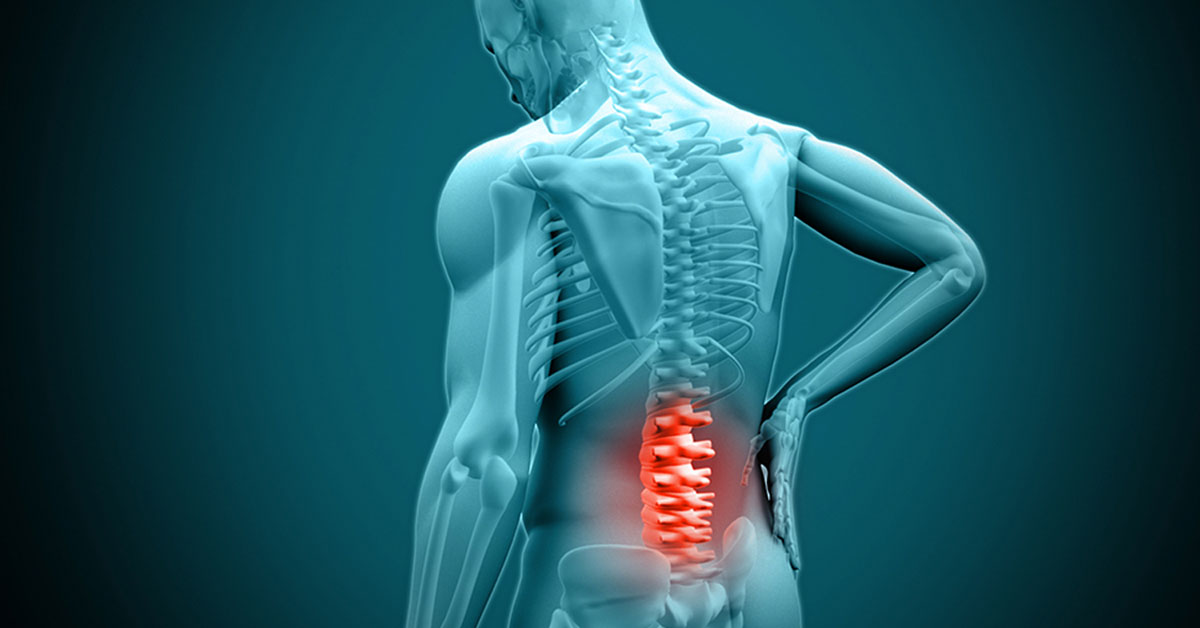Chronic back pain is a problem that affects millions of people worldwide. It can make daily tasks difficult, affect sleep, and reduce overall quality of life. While many treatments are available, spinal decompression has become a popular and effective method to help people find relief and support recovery. This article explains how spinal decompression works, who can benefit, and what to expect during treatment.
Understanding Chronic Back Pain
Chronic back pain is pain that lasts for more than three months and often comes from issues such as herniated discs, degenerative disc disease, or spinal nerve compression. Unlike short-term back pain, chronic pain may persist despite rest or basic treatments. Living with this discomfort can lead to reduced mobility, emotional stress, and a lower ability to perform everyday activities. Seeking proper care is essential to manage symptoms and improve overall health.
What is Spinal Decompression?
Spinal decompression is a non-surgical therapy designed to relieve pressure on the spine. This treatment focuses on gently stretching the spine to create negative pressure in the affected discs. By doing this, spinal decompression encourages the movement of fluids, nutrients, and oxygen back into the discs, which can help them heal. Unlike invasive procedures, spinal decompression is a gradual and controlled process that targets the root cause of the pain.
How Spinal Decompression Works
The process of spinal decompression involves specialized equipment that supports the body while applying gentle stretching to the spine. This stretching allows the discs between the vertebrae to expand slightly, reducing pressure on compressed nerves. Over time, this can relieve pain, improve flexibility, and restore natural spinal function. Many patients notice a gradual improvement in mobility and a decrease in discomfort as treatment progresses.
Benefits of Spinal Decompression for Chronic Back Pain
Spinal decompression offers several benefits for people suffering from chronic back pain. By relieving pressure on the discs and nerves, it can reduce pain and inflammation. This therapy can also improve circulation in the spinal area, which promotes healing. Unlike medications or surgery, spinal decompression avoids risks such as side effects or lengthy recovery periods. It can be combined with other treatments like physical therapy for a more comprehensive approach to back health.
Who Can Benefit from Spinal Decompression?
Not everyone is a candidate for spinal decompression, but many people with chronic back pain can benefit. Individuals with herniated or bulging discs, sciatica, degenerative disc disease, or nerve compression often see positive results. Patients who have not found relief from traditional treatments may also consider spinal decompression as a safe alternative. It is important to consult a healthcare professional to determine whether this therapy is appropriate for your specific condition.
What to Expect During Treatment
A typical spinal decompression session lasts between 20 and 45 minutes, depending on the severity of the condition. Patients lie on a specially designed table, and a trained technician applies controlled stretching to the spine. The process is usually painless, though some individuals may feel mild pulling or stretching sensations. Most treatment plans involve multiple sessions over several weeks to achieve the best results. Regular follow-ups help track progress and make adjustments as needed.
Supporting Recovery with a Holistic Approach
While spinal decompression is effective, combining it with other healthy habits can enhance recovery. Maintaining good posture, engaging in gentle exercises, and following a balanced diet can all support spinal health. Physical therapy exercises and core strengthening routines are often recommended alongside spinal decompression to build lasting strength and flexibility. A holistic approach ensures long-term relief and helps prevent future back problems.
Conclusion
Chronic back pain can significantly affect daily life, but spinal decompression offers a safe and effective way to support recovery. By gently relieving pressure on the spine, this therapy can reduce pain, improve mobility, and promote natural healing. Patients who combine spinal decompression with healthy lifestyle choices and professional guidance are more likely to experience lasting benefits. For anyone struggling with persistent back pain, spinal decompression provides a promising path toward relief and improved quality of life.

